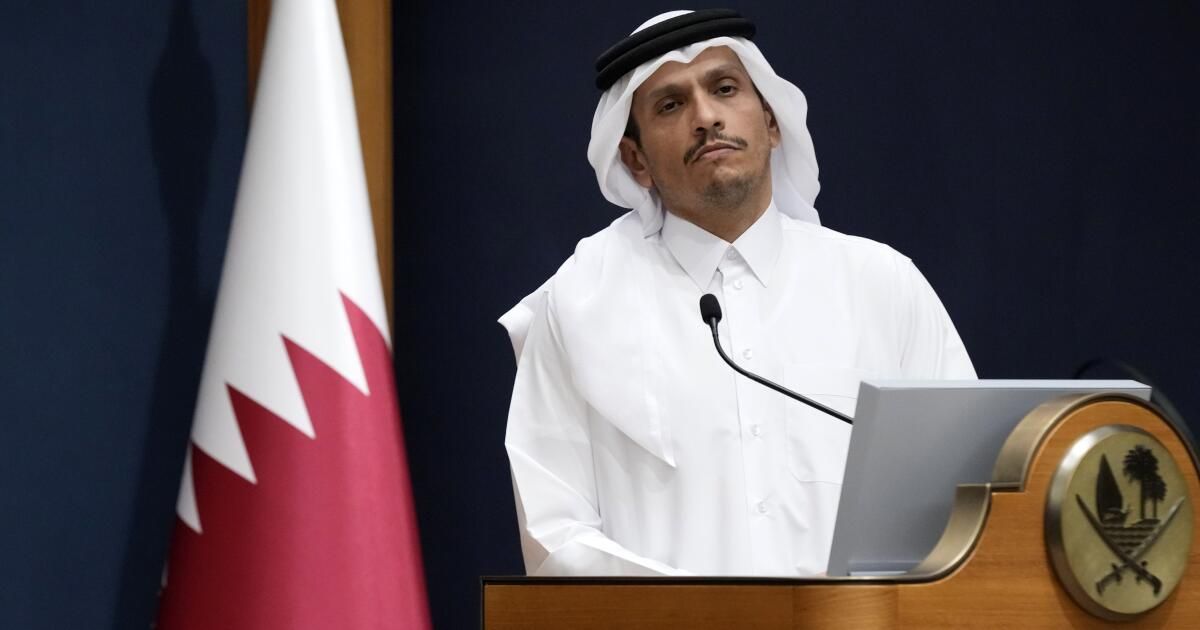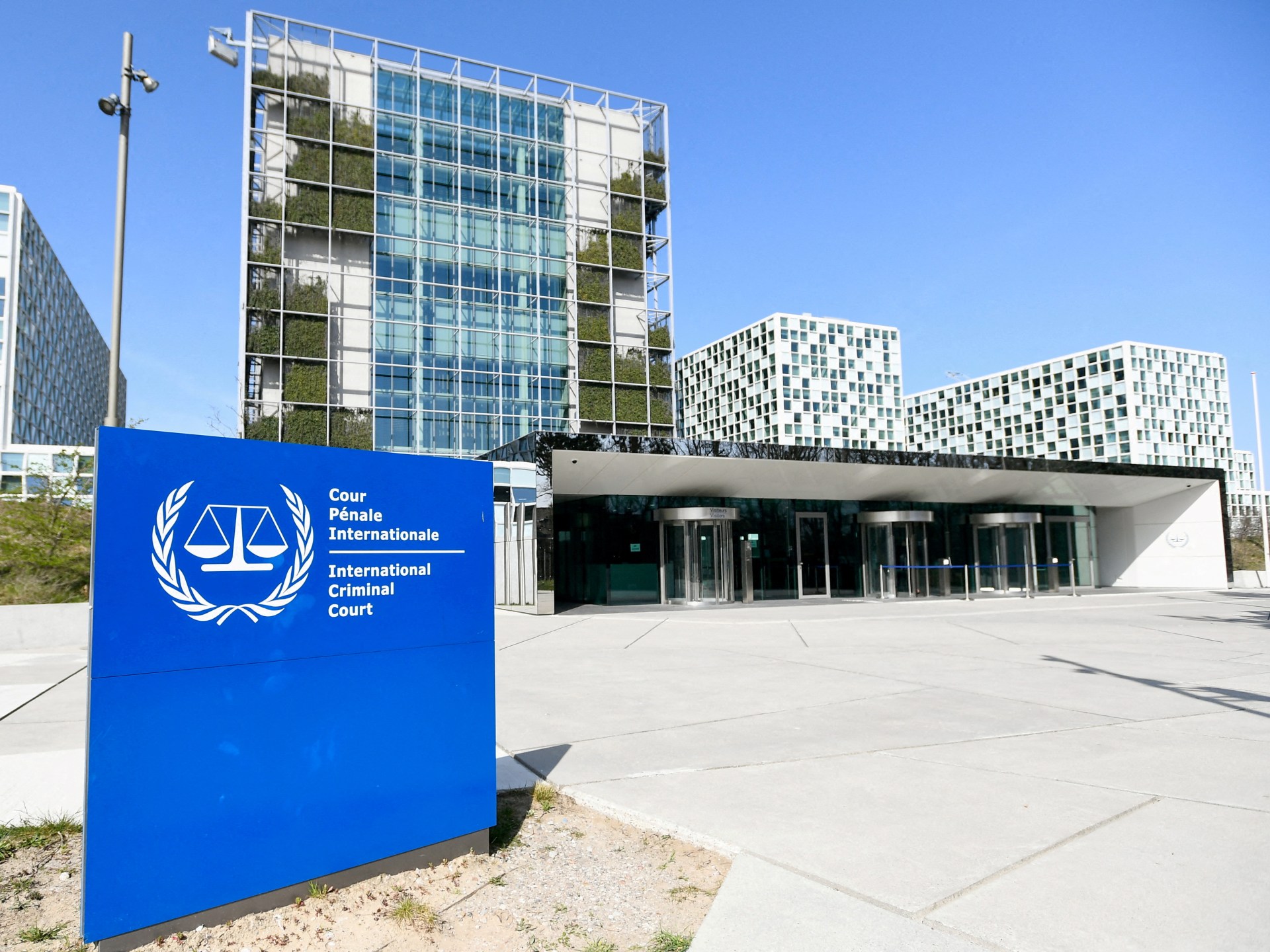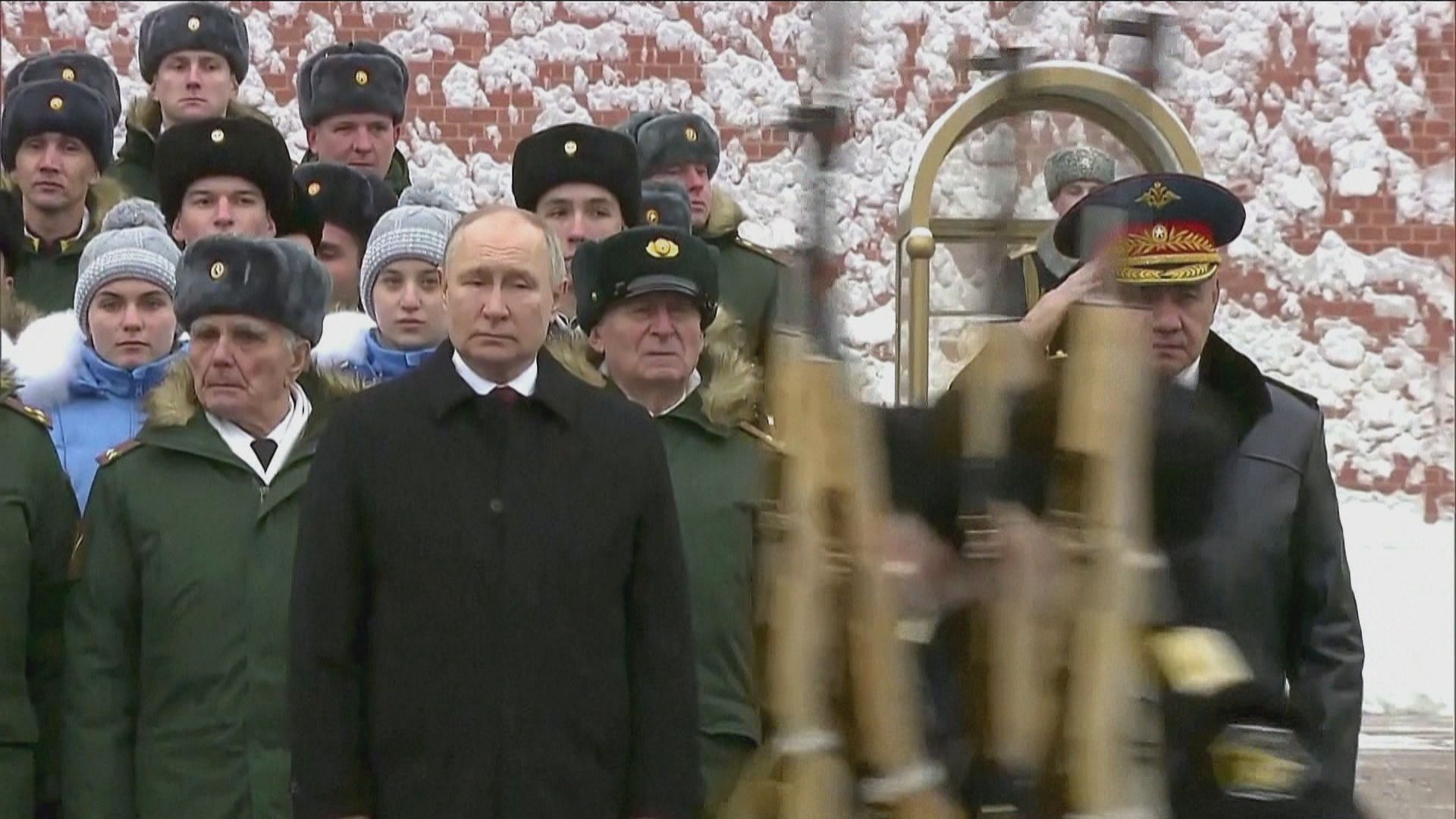The United Nations Security Council's unanimous endorsement of a US ceasefire proposal in Gaza has raised hopes that the devastating eight-month war could come to an end.
On Tuesday, the militant group Hamas issued its long-awaited formal response, submitting several amendments to Qatari and Egyptian mediators.
But despite intense urging from the United States and other world powers, both Israel and Hamas still appear to disagree over what they are willing to accept, differences that could doom the deal.
The plan, which is similar to one put forward by Hamas weeks ago and presented by President Biden on May 31 as an Israeli proposal, consists of three phases.
The first phase includes a six-week ceasefire and the release of 33 Israeli hostages, including women, men over 50 or sick or injured. For each hostage, Israel would release between 30 and 50 Palestinian detainees.
Israeli troops would also withdraw from populated areas of the Gaza Strip, according to the U.N. Security Council resolution, and allow displaced civilians to return to their homes, including northern Gaza. Humanitarian aid, including food and medicine for Palestinians, would increase significantly.
While the first phase is implemented, negotiations would continue for the second phase. That would mean the complete withdrawal of the Israeli army, including from the Rafah crossing and the Philadelphia corridor between Gaza and Egypt. More hostages and detainees would be exchanged. It would also lead to a permanent ceasefire.
In the third phase, the bodies of the hostages who died in Gaza would be returned. A multi-year reconstruction plan for the enclave would begin.
The UN resolution rejects any demographic or territorial changes in Gaza, “including any action that reduces” Palestinian territory. That has also been the position of the United States. The language differs from an earlier draft, which said any buffer zone created in Gaza would be considered a territorial change.
An important detail is that the ceasefire would remain between Phase 1 and Phase 2 while negotiations continue, even after the six weeks provided for in the first phase end.
Hamas said the proposed amendments were aimed at ensuring the complete withdrawal of Israeli forces from all of Gaza. He also sought a firmer timeline for the ceasefire, including a permanent end to the fighting, which under the U.S. plan is supposed to be implemented during Phase 2, after more negotiations.
However, Hamas insisted that both it and Islamic Jihad, another militant group operating in Gaza, “expressed their willingness to positively approach” the negotiations “to reach an agreement.”
Hamas leaders remain suspicious that Israel will use an initial acceptance of the proposal to release Israeli hostages held by the militants (a stipulation in the first phase of the agreement) and then renege on the rest of the agreement and resume its military campaign.
Although the United States has claimed otherwise, it is unclear whether Israel has accepted the deal.
Israeli Prime Minister Benjamin Netanyahu has not publicly endorsed it and has repeatedly ruled out a permanent ceasefire or withdrawal from Gaza until Israel's goals: the destruction of Hamas, both militarily and as a ruling entity, are met. Complete withdrawal is a step that is supposed to be part of the negotiations.
Netanyahu also faces dissent within his government that could jeopardize the chances of reaching a deal. His political fortunes became more fragile this week after centrist Israeli politician Benny Gantz left the government in protest over Netanyahu's conduct of the war and his refusal to publicly back the ceasefire plan.
The departure of Gantz, a former defense minister and one of the few members of Netanyahu's government widely respected by the Biden administration, leaves the Israeli prime minister even more beholden to the most radical right-wing elements of his coalition: Security Minister National, Itamar Ben. -Gvir and Bezalel Smotrich, the Minister of Finance.
The two have enormous influence over the control of the Israeli occupation of the West Bank. Both favor the annexation of lands claimed by the Palestinians, including Gaza, and the forced expulsion of some Palestinians. Gantz's presence kept some of those moves at bay.
On Wednesday, US Secretary of State Antony J. Blinken criticized Hamas, saying it took too long to respond and that some of the group's “numerous changes” were “viable” while others were not.
“Hamas could have answered with a single word: yes,” Blinken said at a news conference in the Qatari capital, Doha, with Qatari Prime Minister Sheikh Mohammed bin Abdulrahman al Thani. “Instead, Hamas waited almost two weeks and requested numerous changes.”
“The time to make a decision is now,” Blinken said. “The longer this goes on, the more people will suffer.”
Blinken is making his eighth trip to the region since the war began, traveling to capitals to press for the release of hostages, more humanitarian aid and a ceasefire, and in a largely unsuccessful attempt to urge Israel to minimize the civilian casualties in their bombings. from Gaza.
According to Palestinian figures, more than 36,000 Gazans have died in the war. Some 1,200 Israelis were killed during the October 7 Hamas attack in southern Israel.
Mohammed, Qatar's prime minister, said pressure would need to be put on both Hamas and Israel to accept the proposal.
“It is frustrating many times. We have seen that the behavior of both sides on different occasions is counterproductive to the efforts,” she said, emphasizing that the main goal was a permanent solution, including the establishment of an independent Palestinian state alongside Israel.
“What we aim for is a specific objective: to end the war, to end the suffering of the people and to recover the hostages. And then we will think about the next day.”
Bulos reported from Amman and Wilkinson from Washington.












